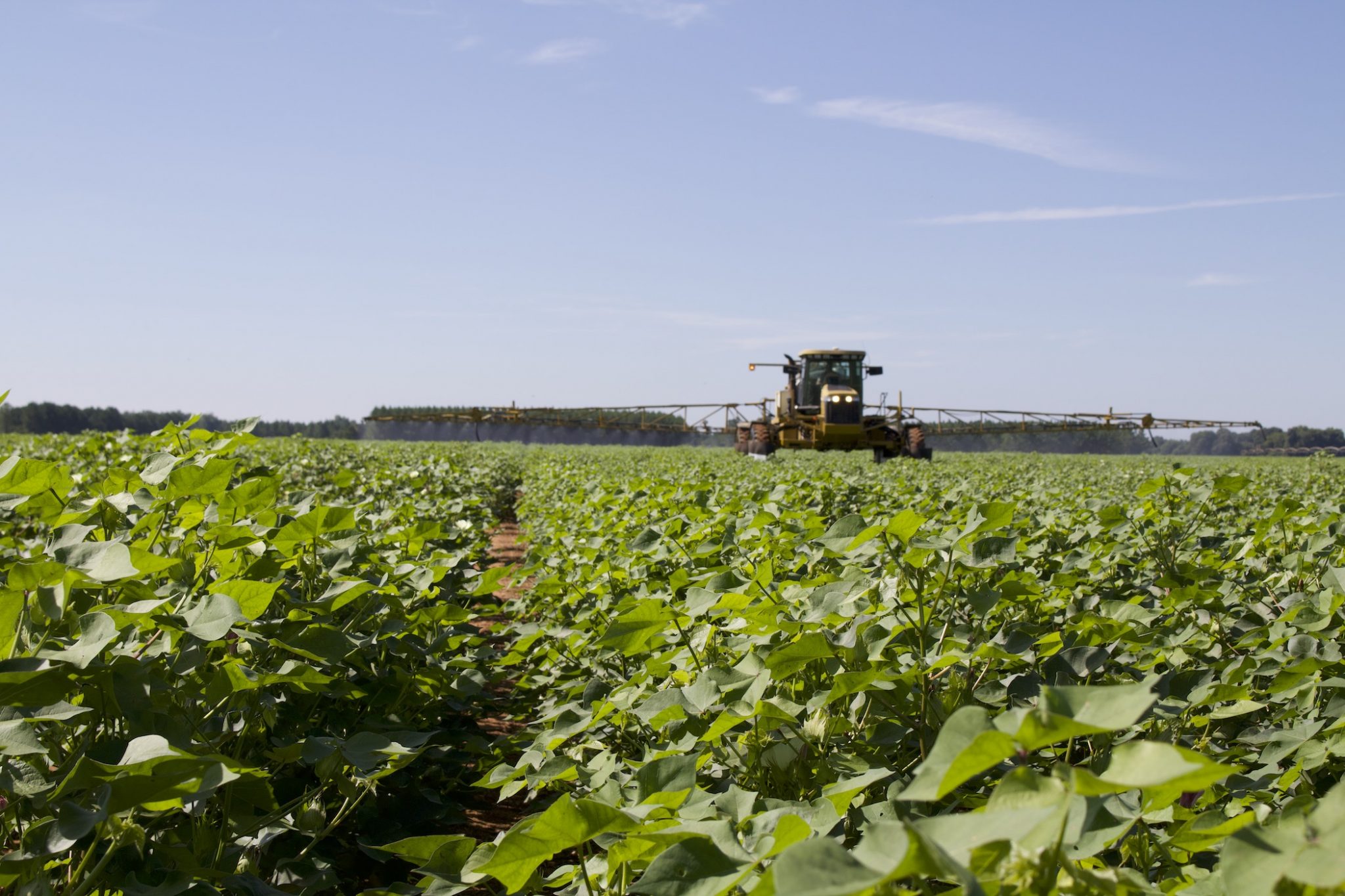Note. Some sections may not be updated for 2023. Please see labels for potential changes.
Maximum profits in cotton production depend on an effective and economical insect management program.
To plan such a program, producers must determine whether insects are present and the amount of damage being done. The “tools of technology” available in managing cotton insects are cultural practices, the selective use of insecticides, insect scouting, transgenic varieties, and beneficial arthropods. The effectiveness of these tools can be maximized when used by all growers over a large area. Insect management does not mean reduction of the insect population to zero; instead it means a reduction below the level of economic damage.
This guide was compiled by both current and former Extension entomologists, plant pathologists, weed scientists, and a pesticide education specialist.
Download the Cotton IPM Guide, IPM-0415.
For questions about accessibility or to request accommodations, contact Extension Communications and Marketing at 334-844-5696 or extcomm@aces.edu.
Read More related articles
